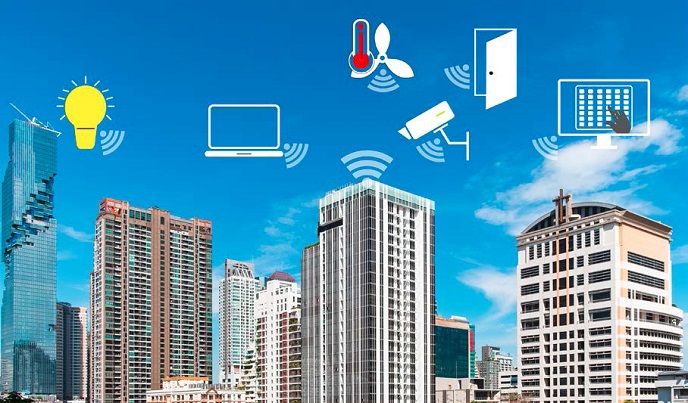Smart energy management platform maximises building efficiency
Buildings (including their construction) globally account for approximately 36 % of total energy consumption, which in turn contributes to 40 % of the world’s total CO2 emissions directly and indirectly (World Energy Outlook). An obvious response is to make buildings more energy efficient, but there is now extensive evidence that buildings do not typically perform as well as predicted, despite interventions. One of the weaknesses of energy efficiency initiatives relates to the energy audit process which is typically performed for a fixed duration, at a specific point in time. The EU-supported TOPAs (Tools for cOntinuous building Performance Auditing) project adopted the principle of continuous performance auditing, which offers a more detailed overview of building performance, taking into account how buildings are actually used and their climatic state. This provides a holistic audit which reduces the gap between predicted versus actual energy use. TOPAs developed an Internet of Things (IoT)-driven platform to support facilities managers, building owners and energy service companies (ESCOs) in making informed decisions about building operations. Reducing the performance gap Gaps typically exist between estimates of building energy efficiency and actual efficiency – which can reach tens of percentage points – because occupants might start using the building in unpredicted ways. It may also be due to fluctuations, such as the activities, open hours or number of occupants in a building, or because the underlying estimation models were inaccurate. Traditionally, energy auditing is done annually and measured against key performance indicators (KPIs). This often misses opportunities to implement energy saving initiatives. The TOPAs continuous monitoring approach aligns KPIs with actual data, supporting the introduction of energy management standards such as ISO 50001. “The TOPAs platform can be viewed as a fitness tracker for buildings, providing continuous visibility of how energy-related interventions impact management, cost, air quality and comfort for occupants,” says Mr Boris Kantsepolsky. The platform comes as two main components. TOPAs Core enables users to easily and quickly extract, process and analyse large amounts of data from buildings blocks. TOPAs Add-on services provide decision support tools, including a range of energy prediction models, building usage models, fault detection and diagnosis, air quality monitoring and predictive models to enable buildings to self-manage energy efficient operations. During the validation of the solution, seven different Building Management Systems (BMS) in six different buildings, distributed across three sites, located in three different cities (Cork, Dublin and Paris) were integrated using the tools. In excess of 177 000 000 messages generated by over 3 500 data points were processed within the platform. “The solution’s energy prediction models (electrical and thermal) reduced the gap between predicted and actual energy usage in the range of 11-27 % and contributed to energy savings of 12-37 % across all sites,” adds Kantsepolsky. Significant environmental and social benefits By improving energy efficiency and reducing energy consumption, the TOPAs solution minimises environmental impacts, while increasing the productivity and health of building occupants. Additionally, contributing to energy sector innovation strengthens European competitiveness and creates jobs. “Reducing costs and enhancing sustainability encourages businesses to invest in positive social change, making people’s lives better. The ability to deploy the TOPAs solution across very different, demanding and complex environments demonstrates its real world benefit and replication potential,” says Kantsepolsky. Some of the tools developed within TOPAs have already been introduced into the marketplace such as the CEA (spinoff business) created from a LINC software platform (a coordination middleware) which optimises industrial production systems. In terms of IoT technology, Fraunhofer developed an IoT-ready Energy Prediction Model called IoMod™, while IBM launched IoT building insights for facilities management. Additionally, Azimuth/Hager integrated TOPAs’ results into their air quality solutions for smart homes.
Keywords
TOPAs, smart buildings, energy, performance auditing, CO2, Internet of Things, Building Management Systems, data, decision support tool, diagnosis, energy prediction models







